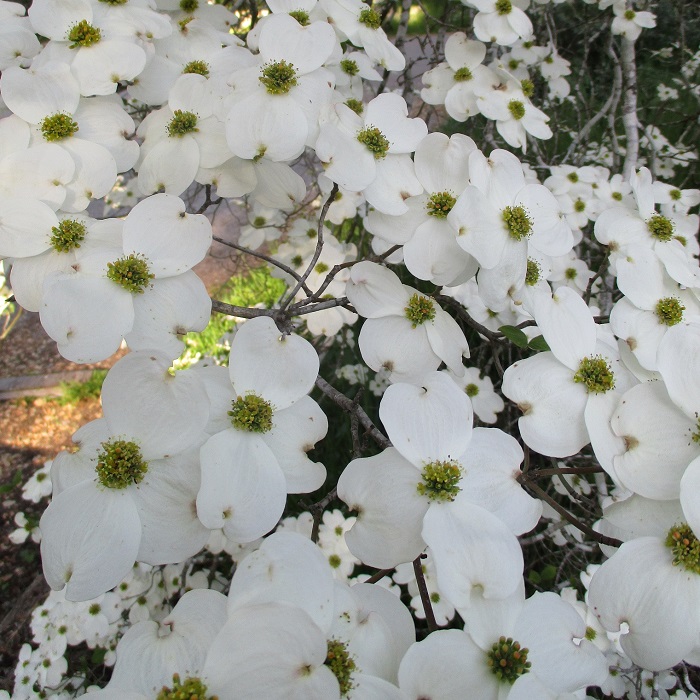UNITED STATES—Plants are unable to migrate to warmer climates for winter like so many migratory birds do. They are immobile for their entire lives. Only potted plants can move to more sheltered situations when the weather gets too cool for them. Some get to live inside as houseplants. Otherwise, they all must contend with seasonally changing weather. Most are impressively efficient with how they do so.
Most that do not adapt efficiently to cool winter weather are tropical species. Tropicals that are native to high elevations can tolerate cold weather. However, many of the familiar tropical species are from low elevations where they never experience cold weather. Frost damages or kills them. Warm season annuals do not tolerate cool weather either. They just die at the end of their season.
Otherwise, almost all other plants go dormant through winter, at least to some degree. Even evergreen plants, which may not seem to go dormant, grow much slower during winter, or do not grow at all. Deciduous plants are much more obvious about their dormancy, because they defoliate. While bare, they are less susceptible to damage from wintry weather. Dormancy is like hibernation.
What they don’t know won’t hurt them.
This is why winter is the best time for pruning most plants. While dormant, they are less susceptible to distress associated with pruning. Some plants expect some degree of damage from wintery weather during their dormancy anyway. They wake in spring, with no idea of what happened while they slept, and resume normal growth. Winter pruning conforms quite naturally to their life cycles.
There are, of course, a few exceptions. Citrus and avocado should not be pruned during winter. Such pruning stimulates new growth, which is sensitive to frost. Maple and birch should have been pruned earlier. They bleed annoyingly if pruned late into winter. Prune flowering trees that produce no fruit, such as flowering dogwood and flowering cherry, after bloom, late in spring.
Deciduous fruiting trees, such as apricot, cherry, plum, peach, apple and pear, require specialized pruning during winter.
Highlight: Flowering Dogwood
Flowering dogwood, Cornus florida has something in common with Poinsettia. The most colorful component of their bloom is not floral, but is instead foliar. What appears to be petals are colorful leaves known as bracts. Exactly four bracts surround each small cluster of tiny and unimpressive pale green real flowers. These bracts are most popularly white, but can be pink or rarely brick red.
The deciduous trees are bare now, but bloom spectacularly in early spring. Any necessary pruning should happen after bloom, and preferable after new foliage matures somewhat. Floral buds for next year are already prominent on the tips of bare twigs. Dormant pruning would eliminate some of the buds prior to bloom. For now, only minor grooming of unbudded interior growth is practical.
Mature flowering dogwood trees can be 20 feet tall, but typically stay lower. As understory trees, they prefer a bit of shelter from larger trees. Foliage can scorch if too exposed. Some cultivars have variegated foliage. All can develop vibrant orange and red foliar color for autumn, even with minimal chill. Floral debris resembles fallen leaves that fall just as new and real foliage develops.
Horticulturist Tony Tomeo can be contacted at tonytomeo.com.






